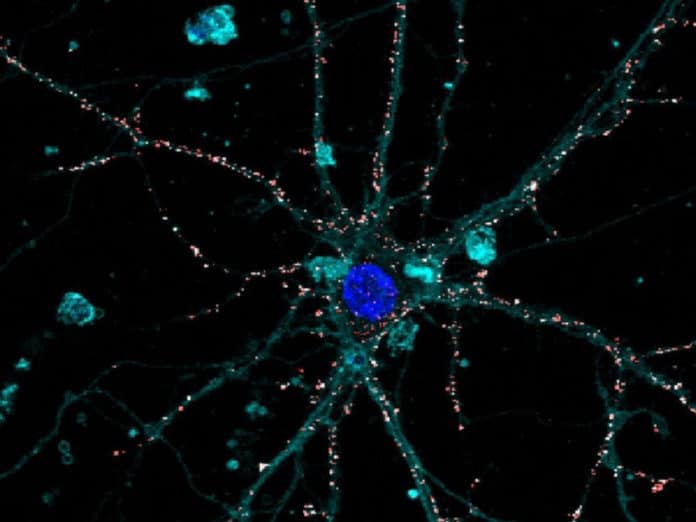Scientists at IIT-Istituto Italiano di Tecnologia (Italian Institute of Technology) have developed an artificial liquid retinal prosthesis to prevent the effects of diseases such as retinitis pigmentosa and age-related macular degeneration that cause the progressive degeneration of photoreceptors of the retina, resulting in blindness.
The study could lead to the evolution of the planar artificial retinal model that was based on organic semiconductor materials.
This artificial liquid retinal prosthesis consists of an aqueous component in which photoactive polymeric nanoparticles are suspended, going to replace the damaged photoreceptors. As it is biomimetic, it offers a high spatial resolution.
During tests, scientists found that the natural light stimulation of nanoparticles, causes the activation of retinal neurons spared from degeneration, thus mimicking the functioning of photoreceptors in healthy subjects.
Unlike existing approaches, this artificial liquid retinal prosthesis promises fast and less traumatic surgery that includes microinjections of nanoparticles directly under the retina, where they remain trapped and replace the degenerated photoreceptors. This method also ensures increased effectiveness.
Fabio Benfenati commented, “Our experimental results highlight the potential relevance of nanomaterials in the development of second-generation retinal prostheses to treat degenerative retinal blindness, and represents a major step forward. The creation of a liquid artificial retinal implant has great potential to ensure a wide-field vision and high-resolution vision. Enclosing the photoactive polymers in particles that are smaller than the photoreceptors increases the active surface of interaction with the retinal neurons, allows to cover the entire retinal surface easily and to scale the photoactivation at the level of a single photoreceptor.”
In this research, we have applied nanotechnology to medicine,” concludes Guglielmo Lanzani. “In particular, in our labs, we have realized polymer nanoparticles that behave like tiny photovoltaic cells, based on carbon and hydrogen, fundamental components of the biochemistry of life. Once injected into the retina, these nanoparticles form small aggregates the size of which is comparable to that of neurons, that effectively behave like photoreceptors.”
Grazia Pertile, Director at Operating Unit of Ophthalmology at IRCCS Ospedale Sacro Cuore Don Calabria, said, “The surgical procedure for the subretinal injection of photoactive nanoparticles is minimally invasive and potentially replicable over time, unlike planar retinal prostheses. At the same time, maintaining the advantages of polymeric prosthesis, which is naturally sensitive to the light entering the eye and does not require glasses, cameras or external energy sources.”
Journal Reference:
- Maya-Vetencourt, J.F., Manfredi, G., Mete, M. et al. Subretinally injected semiconducting polymer nanoparticles rescue vision in a rat model of retinal dystrophy. Nat. Nanotechnol. (2020). DOI: 10.1038/s41565-020-0696-3
